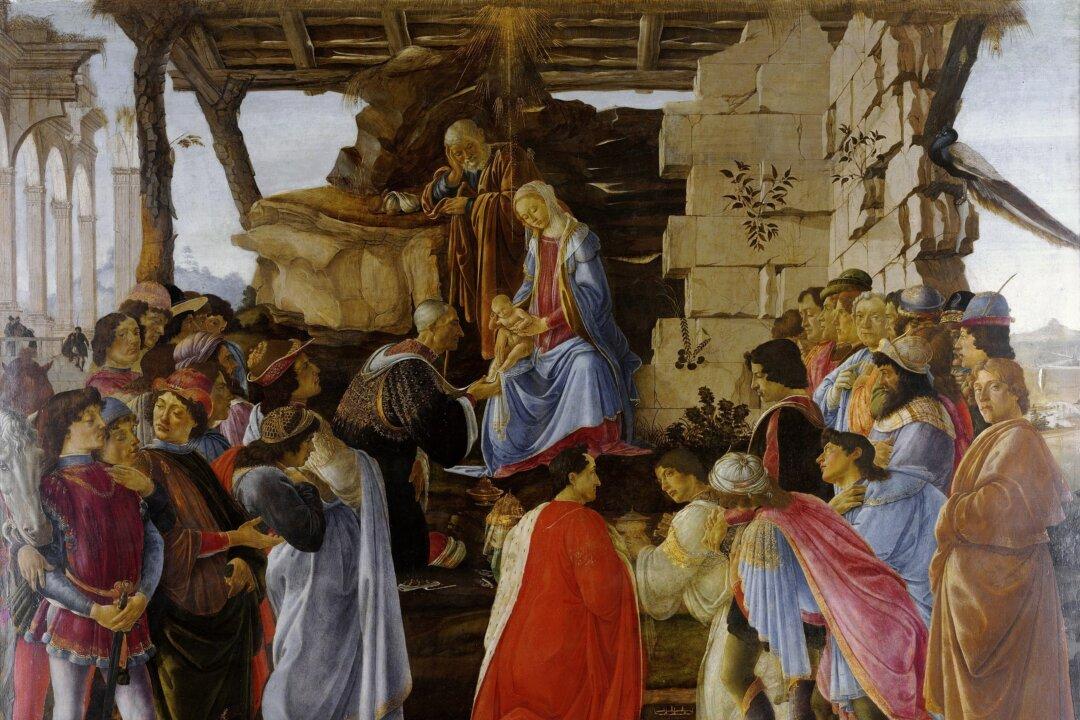Commentary
Before the printing press and widespread literacy, signs and symbols were used as effective tools for teaching through art. Average viewers could recognize pictorial meaning even in the use of color. For example, red was a reference to humanity or the passions, purple indicated majesty, and white was an allusion to purity. Traditional symbols such as lilies may remain familiar to modern eyes, but many no longer understand how to interpret their significance. The spear-like petals of a white lily, often visible beside an image of the Madonna, referenced her purity and future suffering.





